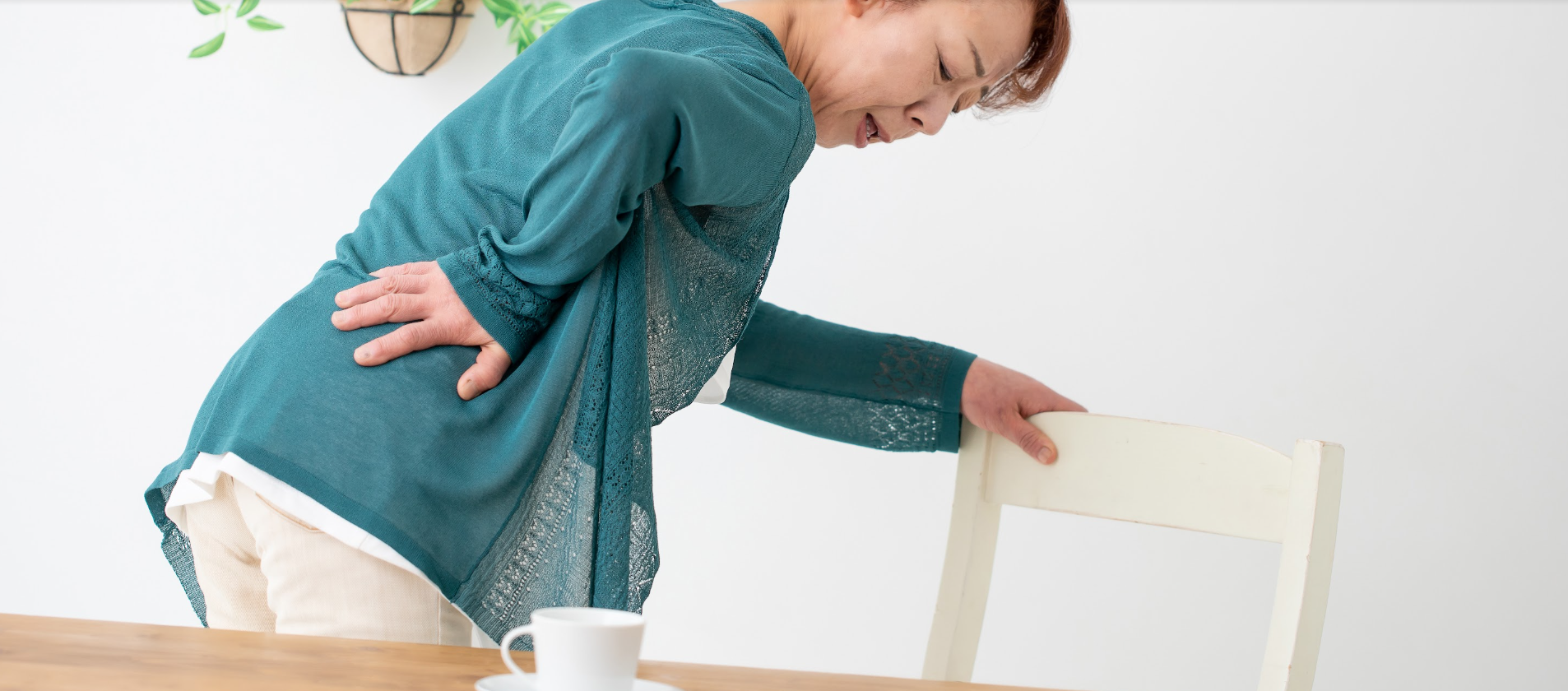What is a Spinal compression fracture? Vertebral Augmentation Vertebral augmentation, also known as vertebroplasty or kyphoplasty, is a minimally invasive procedure designed to reduce the pain and loss of function associated with spine compression fractures. Vertebral augmentation is typically performed under moderate sedation with the patient asleep but arousable. One of two small needles are advanced under advanced x-ray guidance into the fractured vertebral body. A special balloon may be used to lift up the fractured vertebrae to create increased space in the vertebral body. Medical cement-like material called polymethylmethacrylate (PMMA) is then injected through the inserted needles which causes pain relief, stabilizes the spine and may restore strength and height to the fractured vertebrae. Pain relief is immediate for some patients and most patients see improvement within 48 hours. Overview
These symptoms include: If you are experiencing signs and symptoms of a spinal compression fracture and are finding it difficult to perform your daily activities and maintain your way of life, contact your primary care physician immediately. Spinal Compression Fracture Symptoms
Is Vertebral Augmentation Right For Me? You may be a candidate for Vertebral Augmentation if: Key Advantages Benefits Risks Cement causing blockage of lung blood vessels – rare Are you a vertebral augmentation candidate?+
Pain medications will help reduce symptoms of spinal compression fractures allowing the fractures to heal on their own. Does not lead to height restoration or reduce risk of vertebral deformity. They don’t always sufficiently control the pain. Provides external support to limit motion of fractured vertebrae. Does not allow for immediate pain relief or height restoration. Risk of vertebral deformity in long-term. Surgery under general anesthesia where two or more vertebrae are fixed together to keep them from moving until they have a chance to fuse with each other. After an incision is made, metal screws are placed into the vertebrae. The screws are attached to metal plates or rods that are bolted together in the back of the spine. This is often used as the last resort therapy if other treatments fail. Other treatment options
Medications
Back bracing
Spinal fusion surgery
Knee Osteoarthritis What is Knee Osteoarthritis? Who is at risk? What does the research say? Overview
Symptoms Of Knee Osteoarthritis Common symptoms associated with Knee Osteoarthritis Symptoms
Symptoms Of Knee Osteoarthritis Common symptoms associated with Knee Osteoarthritis Genicular Artery Embolization Treatment
Genicular Artery Embolization Treatment Genicular artery embolization (GAE) uses a small catheter passed through a vessel in the wrist or through a pin-hole sized hole in the groin. Using specialized imaging technology, the catheter is positioned in the genicular artery branches (vessels supplying blood flow to the knee joint) causing the pain and blocked off using small medical beads which leads to decreased inflammation of the joint. The entire treatment lasts about 1 hour and is an outpatient procedure. Genicular artery embolization (GAE) has been demonstrated in multiple studies to decrease pain and improve function for the majority of treated patients with knee osteoarthritis. Genicular Artery Embolization Treatment
Other Treatment Options Surgical Treatments Knee replacement Medical Treatments Pain killers and anti-inflammatory medications Hot/cold packs Knee joint steroid or stem cell injections Assistive Devices Canes, splints, walkers Other treatment options



